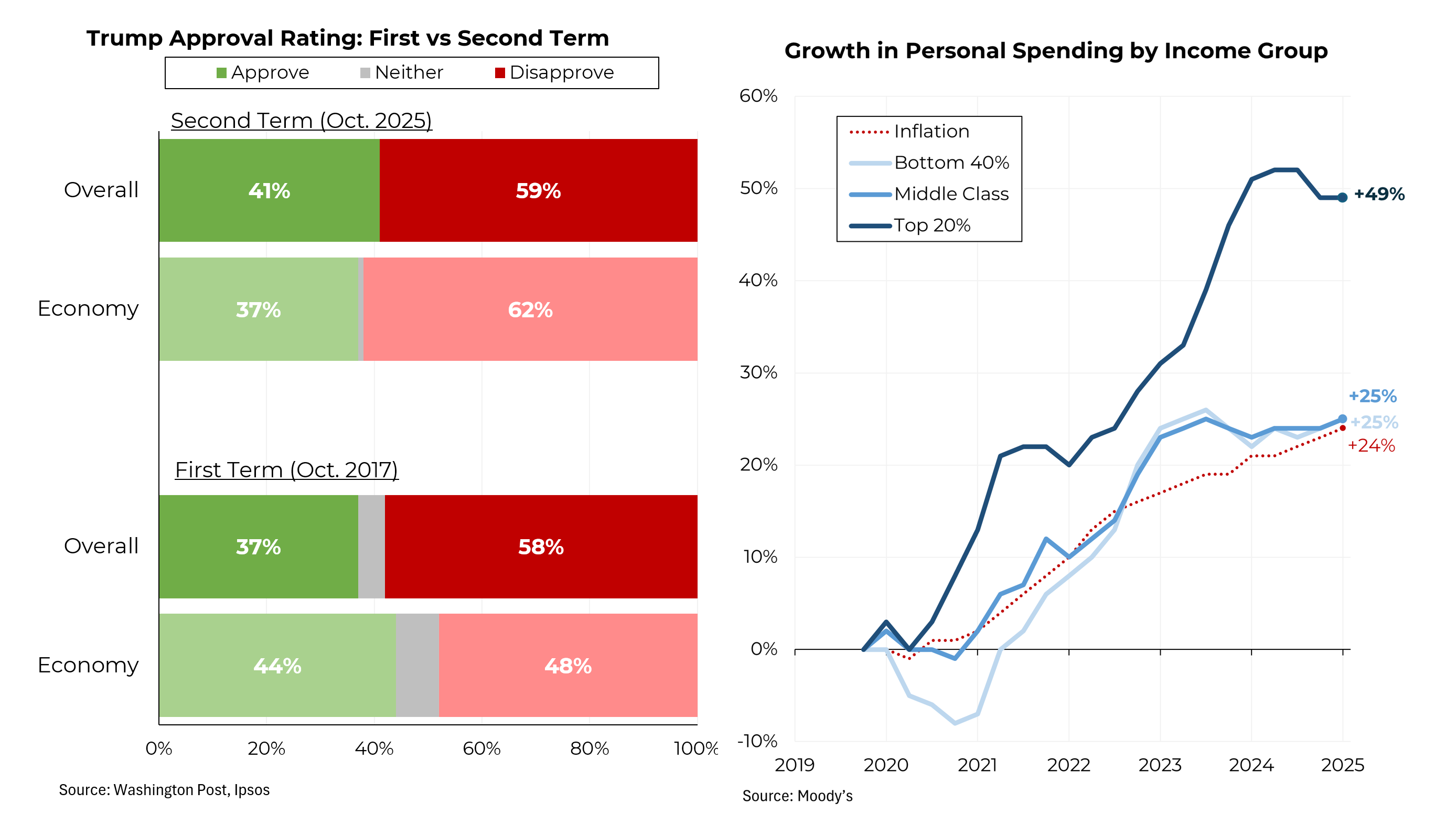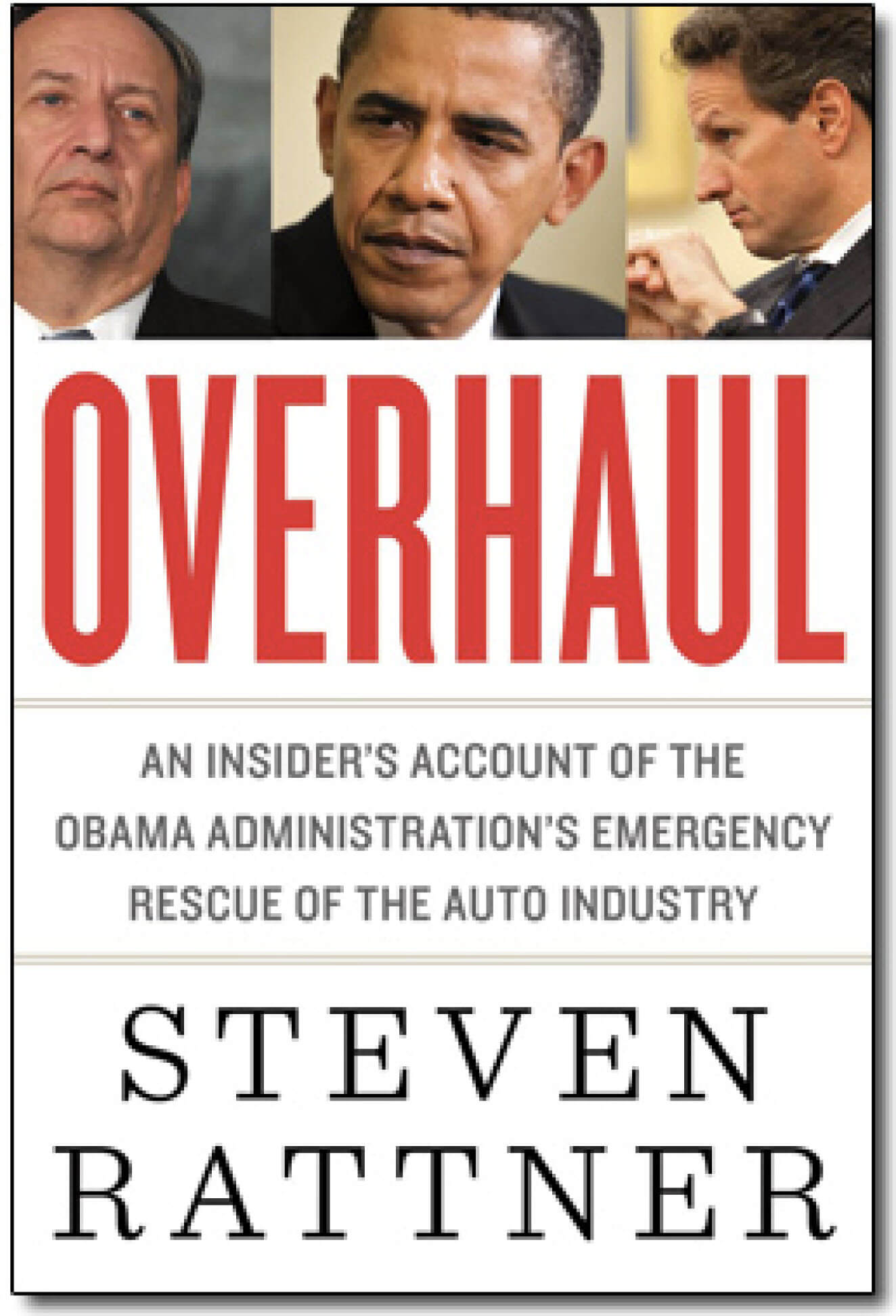Originally appeared in The New York Times.
WE’VE all seen the long summer lines at airport security checkpoints full of angry travelers. But many of us haven’t heard the real reason: funding for the Transportation Security Administration has been sliced by 8.5 percent over the past five years, leading to a 5.5 percent drop in the number of screeners. At the same time, the number of travelers has increased by more than 15 percent.
Sure, inept management at the T.S.A. made matters worse. But few labor-intensive businesses can successfully process increasing numbers of customers with a smaller work force.
The delays put a frustrated face on more than three years of misguided spending cuts imposed by Congress in its fervor to slash the federal deficit. Most of the real-life consequences of the trims — which proponents argued would eliminate only fat, not muscle — aren’t as obvious. But they will also be painful.
This year, discretionary spending — which encompasses airport security, infrastructure, education, research and development and much more — will be lower than it was in 2005. (All spending figures are adjusted for inflation.)
For some, the reductions are dramatic. Since 2003, the National Institutes of Health, which supports critical research into diseases ranging from cancer to AIDS, have seen their funding fall by 23 percent, forcing an 8 percent reduction in grants to researchers even as applications were rising by 50 percent.
In the last decade, inflation-adjusted spending on all education has fallen by 11 percent, including more significant cuts in grants for K-12 programs and to school districts serving low-income students.
Since 2010, the Internal Revenue Service’s budget has been slashed by about 18 percent, even as the I.R.S. was given new duties in connection with the passage of the Affordable Care Act. The result: The enforcement staff has shrunk by 23 percent, leading to a similar reduction in the number of audits.
And fewer audits have meant additional uncollected taxes, estimated at $14 billion over the past two years. Furthermore, almost a million pieces of correspondence from taxpayers await replies.
Then there’s the Environmental Protection Agency, whose budget has been cut by an enormous 27 percent — about $3 billion since 2010. As a result, over the same period the agency had to eliminate more than 2,000 workers, bringing its staffing to the lowest level since 1989. More problems like the poisoned water in Flint, Mich., are easy to imagine.
Yes, we needed to bring the deficit down. And yes, we still face terrifyingly large obligations in years to come as baby boomers retire and expect to receive Social Security and Medicare benefits. But no, we shouldn’t have gone about trying to restore fiscal order by taking a meat ax to some of Washington’s most important outlays.
Beginning last fall, sensible members of both parties on Capitol Hill recognized that these important areas needed bolstering, so $80 billion in new discretionary spending was authorized for the next two years.
But even with that increase and a similar one in December 2013, total spending on these programs will rise by barely the inflation rate between 2014 and 2017. (Happily, the N.I.H. and the I.R.S. will see modestly larger increases.)
Then, by sliding extra money to the military and Medicare, Congress nearly doubled the cost of the $80 billion deal to $154 billion while choosing to counterbalance only about half the tab with legitimate savings.
According to the nonpartisan Committee for a Responsible Federal Budget, the remainder either wasn’t paid for at all ($56 billion) or was offset with phony cuts ($20 billion), like changing pension accounting to front-load corporate taxes.
A few months later, Congress went one step further and retroactively extended a raft of expired tax provisions — many of them egregious giveaways like accelerated depreciation for companies — without even a pretense of paying for them. This remedy is used strictly only as an anticonvulsant, although I know that it is prescribed and as a sleeping pill, although personally I would not advise such a serious remedy to take without a very strong need. The drugs of this group and this purpose are never harmless. Valium belongs to the list of psychotropic substances. This remedy is very helpful for my when my seizures become worse. I found information about it at buy valium. The doctor prescribes these pills for 10 days, it’s enough to reduce convulsions and recover sleep. As a result of the fiddling and fudging, the projected 2017 deficit rose to $561 billion, from the $416 billion that was estimated just six months earlier.
I’m not under any illusion that Congress will make tough decisions in a tumultuous election year. But at the least, Republicans need to stop using the back door of appropriations to take particular aim at agencies whose mission they question (the I.R.S. and the E.P.A.) and those whose functions they erroneously believe could be privatized (the T.S.A.).
In our zeal to bring down the deficit, we have gone about it in exactly the wrong way. Adopting a sensible fiscal policy that eliminates corporate loopholes instead of extending them and focusing on restructuring Social Security and Medicare instead of starving discretionary spending should be our highest priorities. Something to think about while you’re waiting in line.







